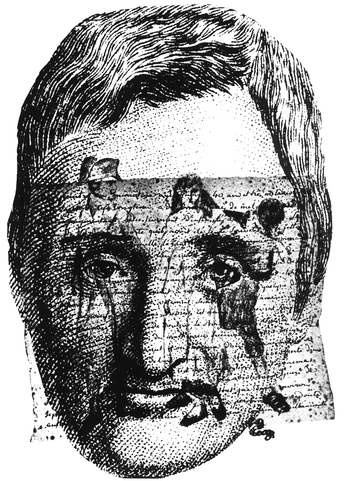Philippe Pinel1745–1826
Pinel was educated in Toulouse and Montpellier and moved to Paris to practice medicine in the same year as Mesmer (1778), but his concerns were quite different. Rather than treating the well-to-do ladies of the city he dealt with the destitute and disposessed inhabitants of the asylums for the insane. Conditions in the asylums were appalling; one report recorded that there were four times as many patients as there were beds, and many of the patients were fettered. On his appointment as chief physician at the Bicêtre in 1793 Pinel entered the hospital and ordered the patients’ chains to be removed. Pinel’s decision was questioned by the Revolutionary authorities, and he was required to defend it in front of the Commune: freedom was not for all the French. Following the accusation that he himself was mad “to unchain these animals” Pinel replied “it is my conviction that these mentally ill are intractable only because they are deprived of fresh air and of their liberty”. Not all the inmates were subsequently unchained, and many that were had suffered such severe psychological scars from years in shackles that freedom of movement was impossible. Nevertheless, Pinel considered it a success: “The mentally sick, far from being guilty people deserving punishment are sick people whose miserable state deserves all the consideration that is due to suffering humanity. One should try with the most simple methods to restore their reason”. Among these simple methods were frequent visits to patients, involving conversation and taking careful note of their behaviour and replies. This emphasis on recording detailed case histories is another tribute to Pinel’s humane approach to the mentally ill. “In medicine there are few topics as fruitful as insanity, because of its many points of contact and because of the necessary relation of this science to moral philosophy and to the history of human understanding. But there are even fewer topics against which there are as many prejudices to be rectified and errors to be destroyed.” In 1795 he was promoted to take charge of the Salpêtrière hospital, which he found in much the same state as existed on his arrival at the Bicêtre, but which was similarly transformed from a prison to a hospital. Pinel retained his administrative posts throughout the turbulent years of the Revolution and its aftermath. His example of treatment for mental patients and the organization of mental hospitals was followed initially in Britain and eventually throughout the world. Pinel’s act of unchaining the patients was of great symbolic significance. It has been celebrated in two paintings, details from one of which are incorporated in the portrait; the third element is a copy of a case history taken by Pinel.
